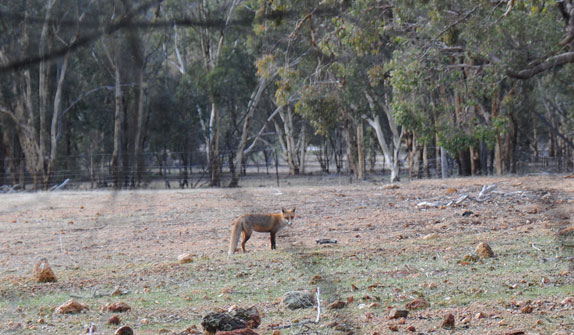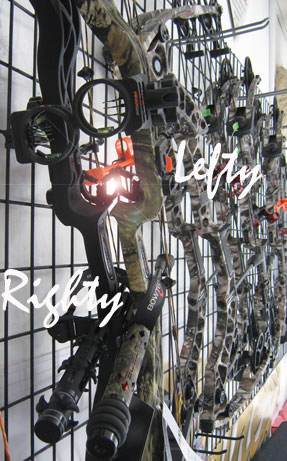
Getting your anchor point squared away won’t be a big challenge if you understand and follow these anchor tips and hints…
Peep sight – sight shooters need one. Without it, you’ll struggle to shoot accurately with a bow sight. Part of sharpening up your anchor is making sure your peep sight is in the right spot. Check this by drawing back with your eyes closed. Make sure you can draw, open your shooting eye and see through the peep clearly without moving your head. This means your peep is now centred to your dominant eye.
Three points of contact – just like in the sport of climbing – you need three points of contact to be good to go. Looking through your peep and having minimal or no contact with your face means you have a floating anchor. Effectively this is one point of contact – your eye looking through your peep. It’s harder to be accurate with a floating anchor when you are fatigued, presented with a sub-optimal shot or need to shoot quick (or all three, as is often the case in bowhunting). Work on finding a repeatable contact spot for your knuckle(s) of your drawing hand and jaw bone. Now you have two points of contact.
Snout and corner of mouth – you’ll finally nail your anchor with three points of contact if your bowstring touches the tip or side of your nose. Even better still, get your bowstring touching the corner of your mouth. Nose and corner of mouth point of contact is only achievable with the correct draw length. A draw length too long means you’ll pull too far along your jaw bone (think of your jaw bone as a rail) and you won’t be able to make string contact with your nose and also be in your bow’s draw valley sweet spot. Too short a draw length will mean your bow arm is cramped up and not correctly extended when the bowstring touches your nose and corner of your mouth.
Only do a FINE adjust of your release aid connector AFTER you’ve got three points of contact in your anchor squared away. Having three points of contact in your anchor means your draw length is spot on. But, your release connector length may still be out a little. This will mean the forearm of your drawing hand isn’t dead in line with your arrow. Use a mirror to check this – look at your elbow position. Quality releases like Scott offer a few different connector options and each has its own range of adjustment. Nylon Strap (NCS) offers infinite adjustment. Hybrid connectors like on Scott Wolfs have combination of Solid Swivel and NCS and are effectively infinitely adjustable. The Solid Swivel connector system has the least amount of adjustment but with short and long connector re-fit options you are covered. Good luck on re-jigging your anchor. It’s worth the effort though – it’ll help you shoot to your maximum potential.





